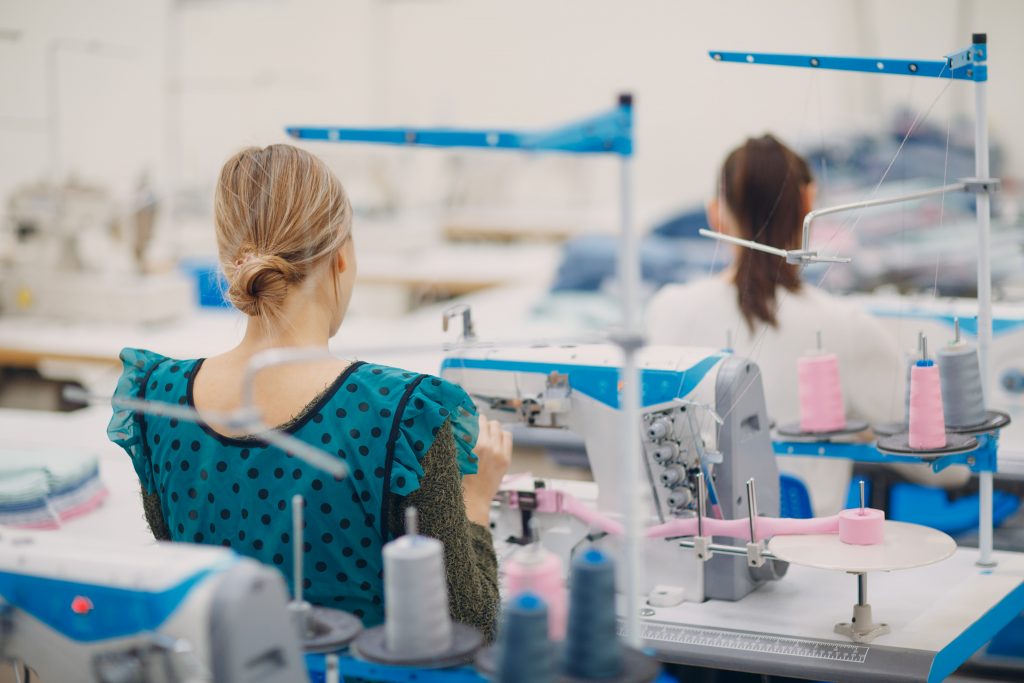
Let’s first look at the difference between Quality Control and Quality Assurance. The former is playing the role of gate keeper. It is checking that the stock meets your expected quality standards once the product has been made and then accepting or rejecting that stock. Quality Assurance on the other hand is the systematic implementation of standards and processes at every stage of the manufacturing process, to prevent quality issues arising. In that regard then, assuring quality is a preventative method, and much more desirable than simply checking that your product meets the required standards.
When it comes to quality, there are three types:
- Compliance to legislated safety standards. For example, the labelling of children’s nightwear in Australia, or British/European standard EN 14682:2014 which governs the use of drawcords on children’s clothing. Failure to adhere to these standards can result in product recalls, heavy fines and even death. Indeed, prior to the drawcord standards being introduced, there were several child deaths in the US and Europe.
- Product performance quality. These quality standards ensure that a product is fit for purpose and include such things as fabric shrinkage, colour fastness and pilling, which impact on the fabric performance, as well as specifications for trims, e.g., zips, labels, buttons and button attachments, even the way a garment is constructed including stitch type and length.
- Aesthetic quality. This varies greatly from brand to brand and is less about performance and more about aesthetic details that set say a men’s blazer from one brand from that of another. This quality standard is defined by the designer and is an intrinsic part of the product.
So just how do the quality assurance department work with the buying teaM?
Some fashion companies employ product technologists, these may specialise in fabric, or garment construction and manufacture. Or this role may be played by just one person and their job title may be Quality Assurer. Let’s follow a product from its inception to its arrival in stores:
Prototype sample: this is the first sample and is approved for its aesthetic quality by the buyer and/or designer. This sample could also double up as a first fitting sample, or the supplier may make one separately.
First Fit: this sample is made in a similar fabric to that which the production will be made in but is generally not in the correct colour of have the correct trims. Its purpose is to ensure it fits in the way the buyer/designer wish it to and it sets the size specification.
Grades: once the first fit is approved, then a size set (one of each size) is submitted. The assistant buyer, buyer and quality assurer will fit these garments on different size models to check how they look and fit. The grade sample can also be used as a sealing sample.
Green seal: these garments (usually one kept in the buying office, and one returned to the factory) are made in bulk fabric. They are usually submitted with correct trims, labels, packaging, and a fabric report. The fabric report is carried out by an independent lab, where the fabric undergoes tests for shrinkage, pilling, tensile strength, seam slippage etc. Some companies give these seals a colour name, others just call them pre-production seals. The purpose of this seal is to allow the factory to go into full production.
Black seal: sometimes called production seal. Garments from the first production run are sent to the buying office. These garments are then checked against the pre-production seal to ensure that there are no changes. Once the production seal is approved, the goods can usually be shipped. Because of this, some companies call this the shipping seal.
Production check: some companies also carry out spot checks on the production after it arrives in their warehouse before it is sent to stores or available online.
Whilst the quality assurer works closely with the buying team during this process, the QA’s role is more widespread. It is the QA that sets the product performance quality standards as well as ensuring that suppliers are aware of any legislated safety standards. The QA’s will visit factories and ensure production processes are being adhered to. This may be done by someone working in the overseas sourcing office of the brand rather than in the support office in Australia.
Quality assurance then is an integral part of the buying team ensuring products arrive on time, are to the standard set, thereby safeguarding customers, sales and ultimately profits.

Recent Comments